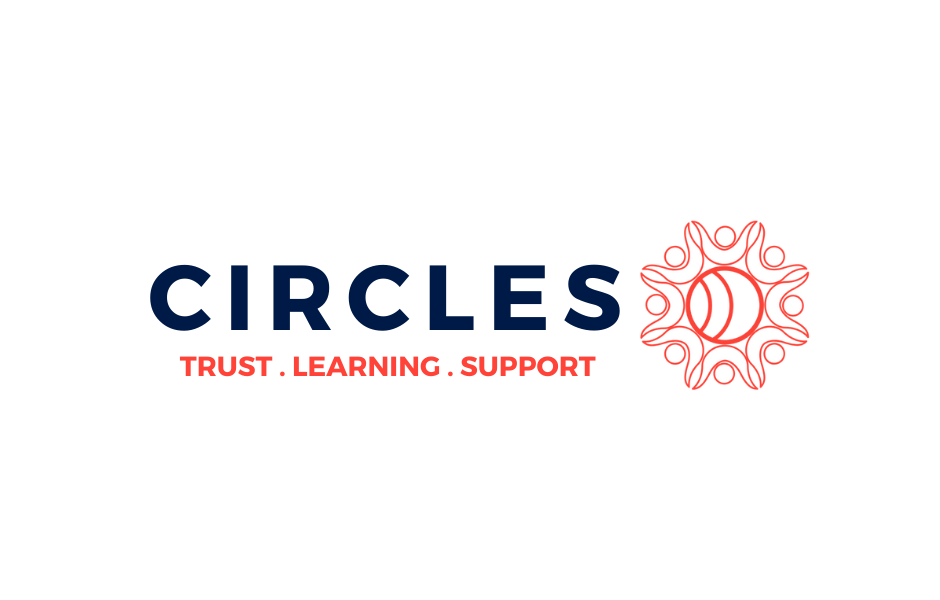Journalism: Driving Measurable Impact for Social Change
Anne Chabel
Center for Investigative Reporting
Lindsay Green-Barber
Impact Architects
Betsy Lopez-Wagner
Founder and Owner, Chief Strategist
Lopez-Wagner Strategies LLC
@BLopezWagner
Key Takeaways:
There are challenges associated with measuring impact for social change including: lack of standards, engagement, overabundance of online analytics, and figuring out how to factor for offline activity.
Impact is a change in the status quo resulting from a direct intervention and can take the form of individual change, network change, or institutional change.
Impact doesn’t have to be clicks and site views; it can be seen in policy change, someone feeling represented, advocates having data to use and their perspective and stories shared.
For philanthropic entities, funding journalism matters to increase issue coverage, aligning with strategic vision, and building public awareness.
Session Summary:
Many news and media organizations measure impact by the number of clicks, subscriptions, or page views their content gets over a certain period of time. But, what if the measure of impact was shifted to tangible, human results of impact from readers, policy makers and conversation shifts? Recently, there has been a shift to measure impact in a way that focuses on journalisms real-world impact for social change, not just numbers on a screen.
When implementing this new way to measure impact, it’s important to create a culture where it is valued at all levels. As an organization, ask yourself: What do you hope to track?; Who needs to be involved?; How will you incentivize participation?; How will you communicate your impact out?
As this new model of measuring impact shows, journalism can drive change, but because of the always-changing media landscape, philanthropy is vital to supporting this role in social change. The resulting partnership is mutually beneficial for the media organization and the philanthropic entity.
Additional Notes, Quotes, and Interesting Points:
“If we have goals and, not that we are trying to impact a specific policy, but we are trying to affect change in general, we should be able to understand when and what is working and not working,” Lindsay Green-Barber said.
“Impact is a little bit of a tricky conversation for some journalists because we’re not advocates, we’re not lobbyists, we’re non-partisan. So I think there is often a conversation around how were are not advocating for a specific outcome, we are providing this information to other people,” Anne Chabel said.
“It’s (funding journalism) helping to frame and reframe the most vital issues of our lifetime (climate change and ocean conservation) and delivering access to that information to core audiences. Ask yourselves what can actually get to the core of an issue, and often that’s going to be the journalism,” said Betsy Lopez-Wagner.
Resources & Tools:
Impact Tracker (https://github.com/cirlabs/impact-tracker)
News Match (https://www.newsmatch.org/)
Institute for Nonprofit News (https://inn.org/)
Media Impact Funders (https://mediaimpactfunders.org/)
Solutions Journalism Network (https://www.solutionsjournalism.org/)
Next Steps:
Foundations can create a “one-pager” of findings they have funded to add to the field, help others see the results of the process of funding journalism and contribute to impact.
These notes were captured by Hope Lenamon and have been reviewed by the presenters Lindsay Green-Barber, Betsy Lopez-Wagner, and Anne Chabel.


